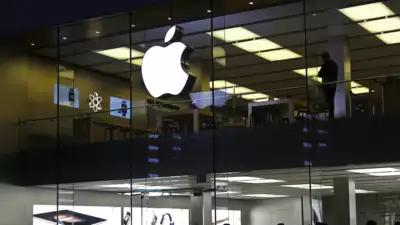China's Strategic Move to Retain High-Tech Manufacturing
In a significant development, China is tightening its grip on the movement of employees and specialized equipment essential for high-tech manufacturing to regions like India and Southeast Asia. This move is seen as a strategic effort to safeguard its own production capabilities, mitigate potential job losses, and deter foreign investors from relocating amid escalating trade tensions with the United States.
Impact on Apple and Foxconn's Operations
Apple's primary assembly partner, Foxconn, has encountered obstacles in dispatching its Chinese staff to India and in receiving additional specialized machinery from China. Despite these challenges, there has been no immediate disruption in production. The situation underscores the complexities of global supply chains and the delicate balance of international trade relations.
China's Openness to Global Enterprises
Despite the restrictions, China's Ministry of Foreign Affairs has reiterated its commitment to treating all countries equally and remaining open to enterprises from around the globe. The ministry emphasized that China has always acted in a manner that does not harm the interests of other nations at its own expense.
India's Role in Apple's Diversification Strategy
India plays a crucial role in Apple's strategy to reduce its reliance on China, especially in light of the ongoing trade tensions between Washington and Beijing. Foxconn's assembly plant in Chennai is pivotal, accounting for approximately half of India's iPhone exports. However, the majority of Apple's handsets are still manufactured in central China, highlighting the intricate dynamics of global manufacturing and trade.
Broader Implications for the Tech and Renewable Energy Sectors
The restrictions imposed by China have also impacted the manufacturing of electric vehicles and solar panels in India, affecting companies like BYD and Waaree Energies. These developments signal a challenging phase for foreign companies operating in high-tech sectors, as geopolitical tensions continue to influence global trade and investment flows.










Comments